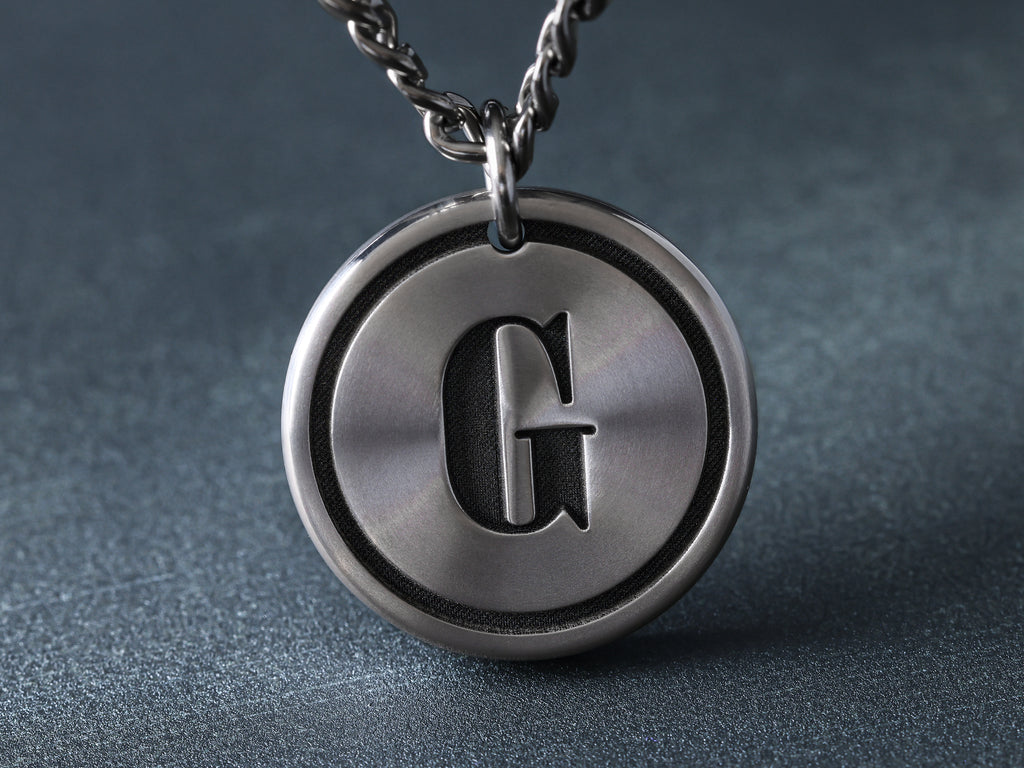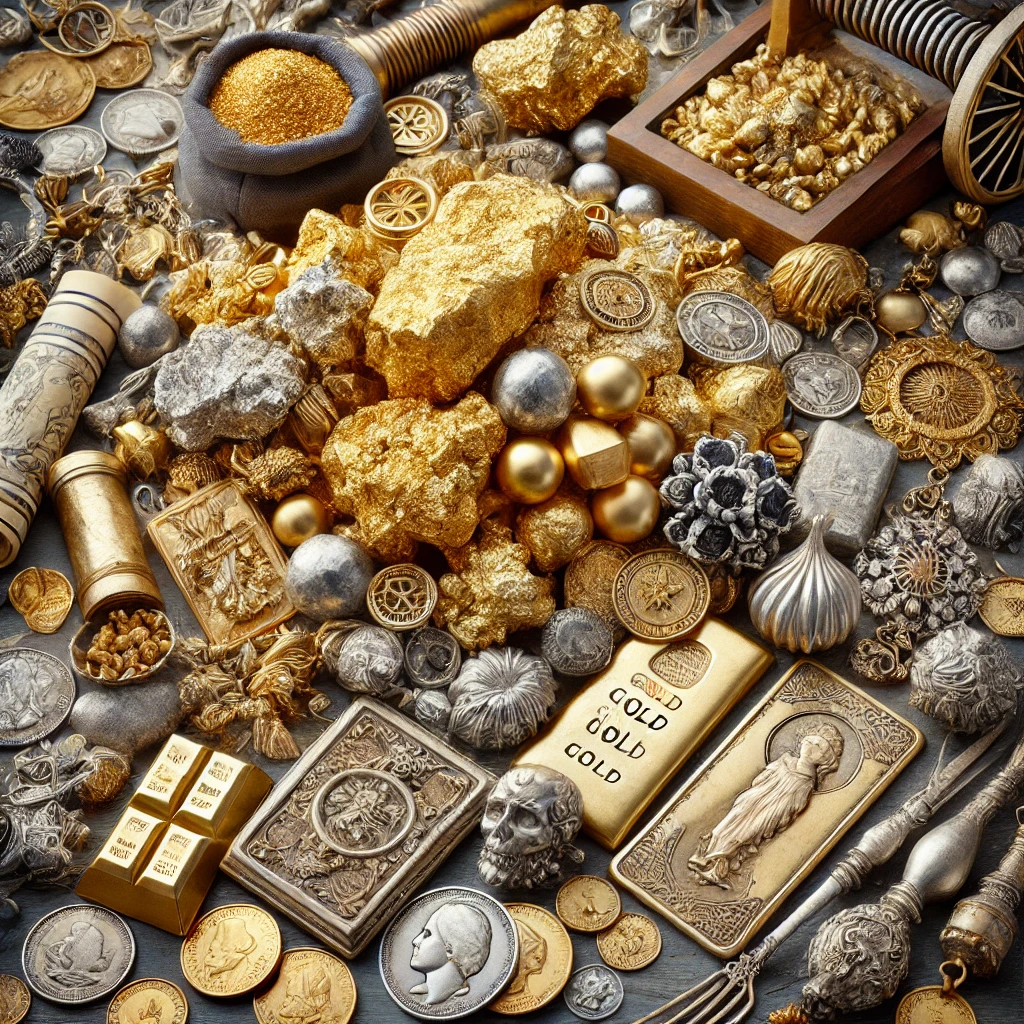Introduction
Picking either platinum and white gold can be all in all a head-scratcher, particularly when the two metals are so famous for fine gems. They each have their own one of a kind qualities and allure, yet how would you conclude which one is ideal for you? This article will walk you through everything you really want to be familiar with these two dazzling metals — platinum and white gold — so you can pursue an informed choice whether you’re purchasing an engagement ring, a neckband, or some other piece of gems.
What is Platinum?
History and Origins
Platinum has a rich history tracing all the way back to old civic establishments. In spite of the fact that it was known to the Egyptians, it was only after the eighteenth century that it was formally perceived and named an unmistakable metal. The name “platinum” comes from the Spanish word “platina,” signifying “minimal silver.” Platinum’s discovery denoted a critical milestone in the realm of metals 플래티넘 화이트골드 차이, and it has since turned into a valued material in gems.
Properties of Platinum
Sturdiness
Platinum is renowned for its sturdiness. It’s a thick, weighty metal that can withstand everyday hardship. Dissimilar to gold, which is gentler and can wear out after some time, platinum keeps up with its trustworthiness and opposes scratches. This settles on it a brilliant decision for everyday wear, particularly for engagement rings and wedding bands.
Variety and Appearance
Platinum’s tone is a characteristic, dazzling white. It has a silvery sheen that doesn’t stain or change tone. This settles on platinum an incredible decision assuming that you love the exemplary white metal look that remains consistently gorgeous.
What is White Gold?
History and Origins
White gold arose in the mid twentieth hundred years as an option in contrast to platinum and silver. It was created by alloying yellow gold with different metals, for example, palladium or nickel to make a white-shaded metal. Its underlying fame was driven by its more affordable value compared to platinum.
Properties of White Gold
Creation
White gold is a compound, and that implies it’s a combination of gold and different metals. The specific creation can differ, however it ordinarily contains gold, palladium, nickel, and now and again silver. How much gold in white gold is typically communicated as a rate or in karats, with 18k white gold being a typical decision.
Variety and Appearance
While white gold has a comparative appearance to platinum, it isn’t normally white. White gold is covered with a layer of rhodium, which gives it a splendid, intelligent surface. Over the long run, this rhodium plating can wear off, uncovering the marginally hotter shade of the hidden metal.
Comparing Platinum and White Gold
Solidness and Strength
With regards to solidness, platinum holds an unmistakable benefit. It’s more impervious to scratches and discoloring compared to white gold. However, white gold is as yet areas of strength for a solid metal, especially when alloyed with vigorous metals like palladium. The fundamental difference is that platinum is a solitary, unadulterated metal, though white gold’s rhodium covering can wear over the long run.
Appearance and Tasteful
The two metals offer a smooth, white look, yet they accomplish it in an unexpected way. Platinum’s normal white shade is more consistent, while white gold depends on rhodium plating for its tone. This implies that platinum might have a seriously enduring white appearance, while white gold could require intermittent re-plating to keep up with its look.
Cost and Worth
Valuing Patterns
Platinum is by and large more costly than white gold. This is because of its unique case and the perplexing process expected to mine and refine it. White gold, then again, is more affordable in light of the fact that it’s an amalgam and frequently utilizes less valuable metals.
Long haul Worth
While platinum has a higher starting expense, it’s known for its life span and could be a better investment over the long haul. White gold’s worth can lessen somewhat over the long run because of the requirement for rhodium re-plating and its lower base cost.
Support and Care
Cleaning Procedures
Both platinum and white gold require standard cleaning to keep up with their sparkle. For platinum, a basic arrangement of gentle cleanser and water with a delicate material is generally adequate. White gold, especially assuming it’s rhodium-plated, could require proficient cleaning to guarantee the rhodium layer stays in one piece.
Forestalling Harm
To keep the two metals in top condition, try not to open them to cruel synthetic compounds or rough surfaces. For platinum, it’s likewise fundamental to occasionally check for any free gemstones or indications of wear. White gold might require more regular checks for rhodium plating wear.
Picking the Right Metal for You
Individual Inclinations
Picking either platinum and white gold frequently boils down to individual inclination. On the off chance that you favor a metal with a consistent white tone and unrivaled strength, platinum may be the best approach. On the off chance that you’re searching for something more budget-accommodating with a comparable stylish, white gold could be a better fit.
Way of life Considerations
Consider your way of life and how frequently you wear your adornments. On the off chance that you’re dynamic and need a metal that can handle day to day wear, platinum’s vigor may be favorable. For less continuous wear or exceptional event pieces, white gold’s lower cost and exquisite look may more allure.
Conclusion
Both platinum and white gold deal delightful, top notch choices for fine adornments, however they take care of various necessities and inclinations. Platinum stands out for its unparalleled toughness and consistent variety, going with it an exceptional decision. White gold, while more affordable, requires somewhat more upkeep because of its rhodium plating however offers an exemplary white appearance at a lower sticker cost.








